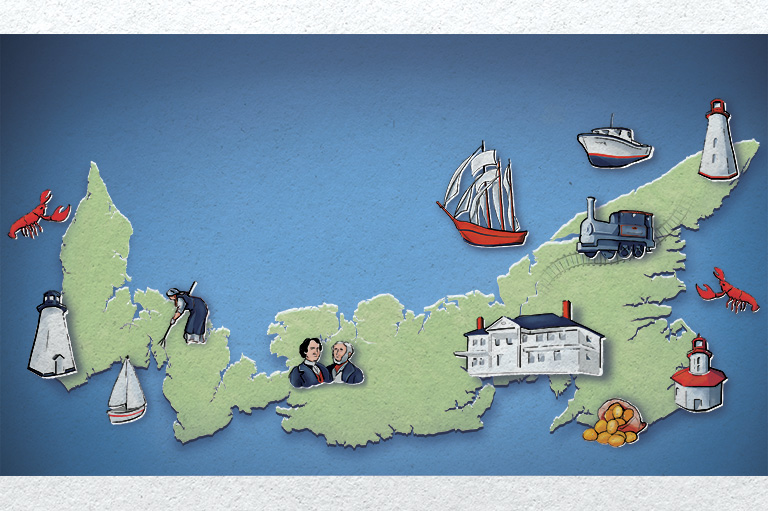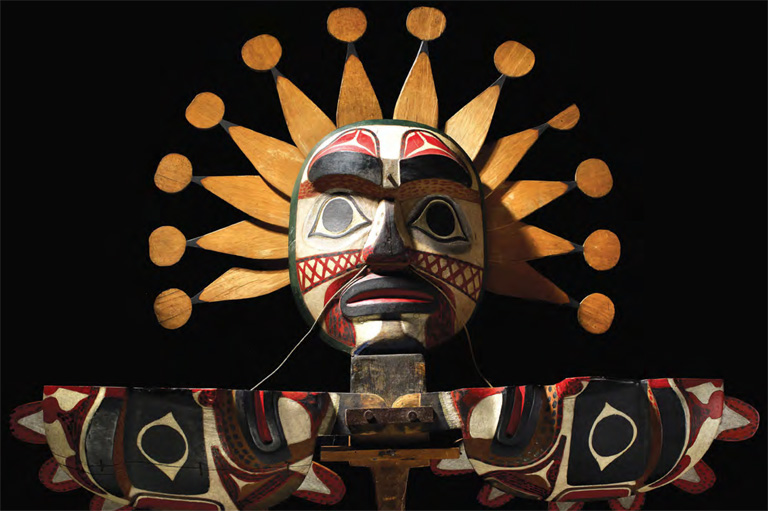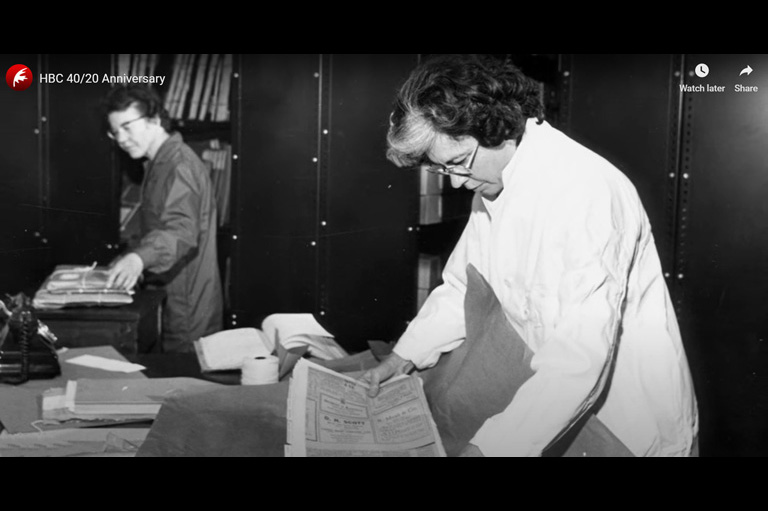Homeward Bound
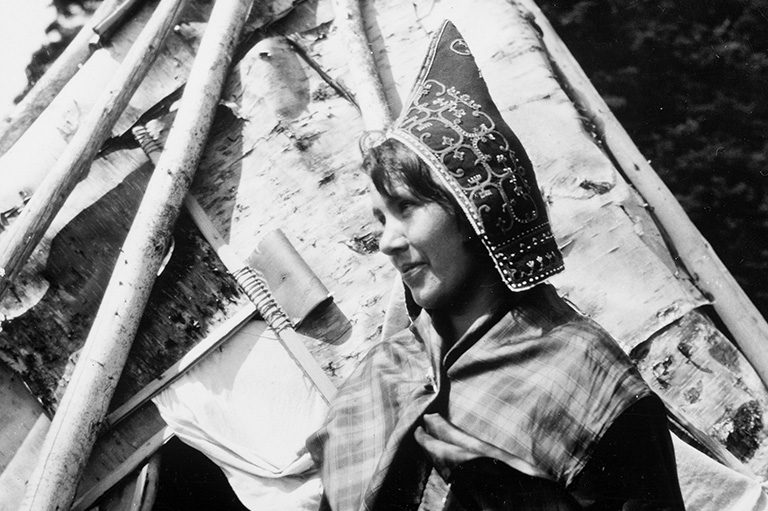
Tucked away in the National Museum of the American Indian’s Cultural Resources Center (NMAI) in Suitland, Maryland, are hundreds of Mi’kmaw artifacts from communities in Atlantic Canada.
American anthropologists collected the artifacts for the museum in the nineteenth and twentieth centuries.
Now, however, thanks to a partnership with the NMAI, the Mi’kmawey Debert Cultural Centre is an important step closer to bringing the artifacts collection home to Mi’kma’ki (the traditional lands of the Mi’kmaq) on Canada’s East Coast.
With 7 uniquely curated newsletters to choose from, we have something for everyone.
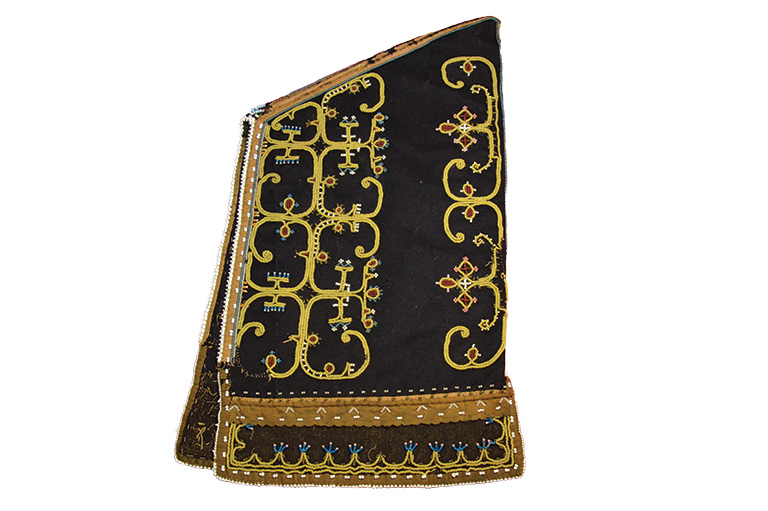
In a news release, Mi’kmawey Debert said, “for many Mi’kmaq, museums feel like dark, non-living places where the cultural materials of our ancestors have been held just out of reach, and where our stories were told with little consideration of our world views, lived experiences, and values.
“Mi’kmawey Debert seeks to change these experiences, and that starts with bringing our artifacts and community collections back home to Mi’kma’ki.”
Save as much as 52% off the cover price! 6 issues per year as low as $29.95. Available in print and digital.
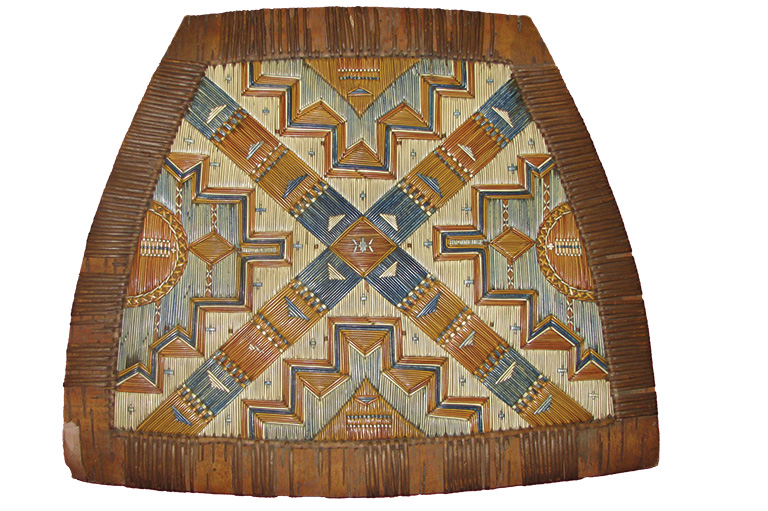
Mi’kmawey Debert is a non-profit organzation administered by the Confederacy of Mainland Mi’kmaq and mandated by all thirteen Nova Scotia Mi’kmaw chiefs. It is currently designing a Cultural Centre at the Debert ancestral sites in central Nova Scotia, which are collectively a federally designated National Historic Site.
As part of the process of obtaining the artifacts, Mi’kmawey Debert sent two curatorial associates to Washington for nine months to work with staff at the NMAI, which is part of the Smithsonian Institution.
“Each day they will be examining objects, forming questions, and seeking guidance from knowledge holders, practitioners, and experts in our communities,” said the release.

Their collection consists of more than five hundred objects, including embroidered clothing, snowshoes,containers decorated with porcupine quills, tobacco pipes carved out of pipe-stone, and a variety of gaming objects, including many examples of a game called waltes, a variation of a dice-and-bowl game played by Indigenous peoples across North America before contact with Europeans.
The Cultural Centre has signed two memoranda of understanding with the NMAI to share stewardship of the collection. It is also seeking the return of artifacts from the Canadian Museum of History in Gatineau, Quebec.
Executive director Tim Bernard said the future Cultural Centre will be about 3,600 square metres and will feature a café, an archive, and four different galleries. Construction could begin in 2023 and be completed by 2025.
At Canada’s History, we highlight our nation’s past by telling stories that illuminate the people, places, and events that unite us as Canadians, while understanding that diverse past experiences can shape multiple perceptions of our history.
Canada’s History is a registered charity. Generous contributions from readers like you help us explore and celebrate Canada’s diverse stories and make them accessible to all through our free online content.
Please donate to Canada’s History today. Thank you!
Themes associated with this article
Advertisement




